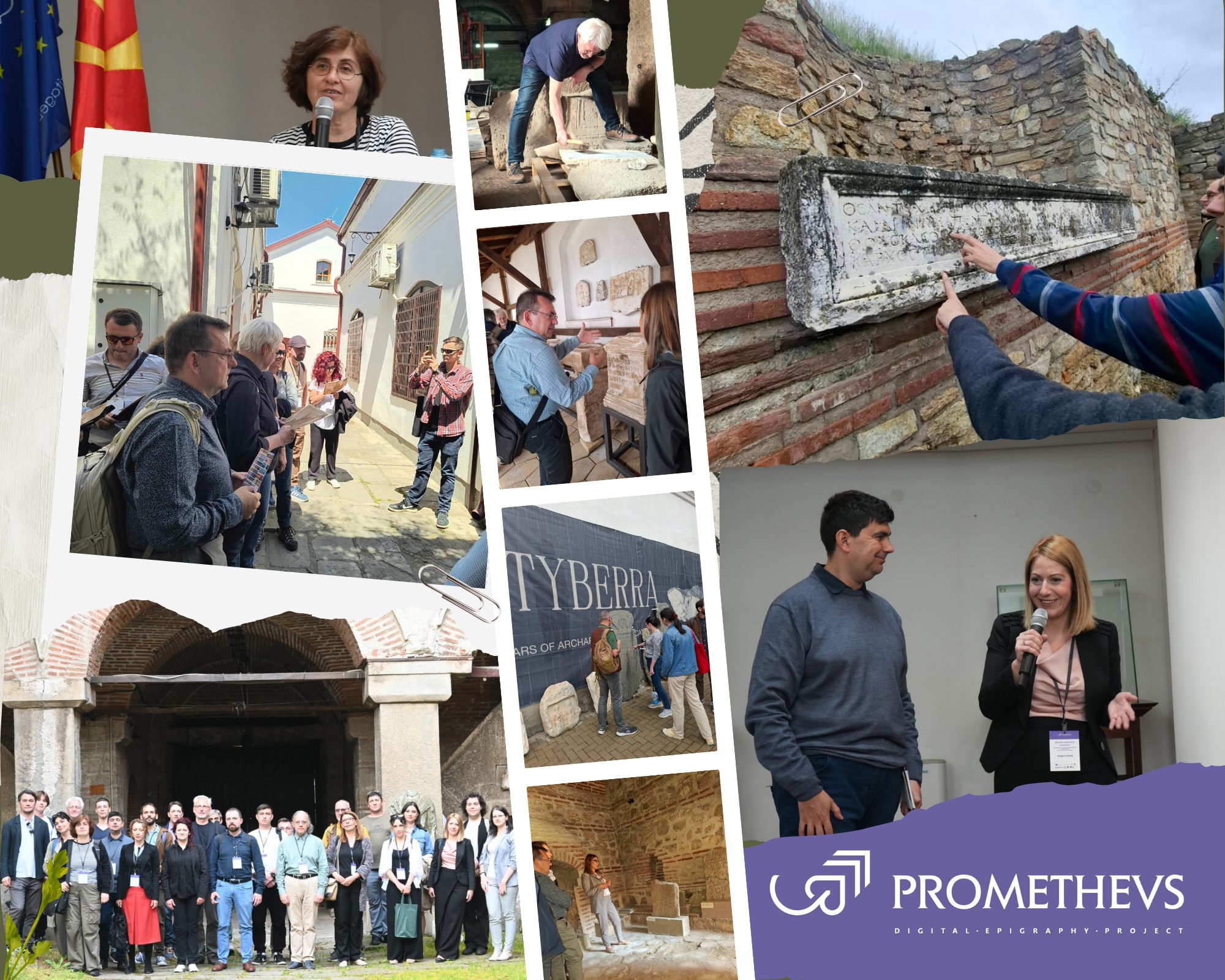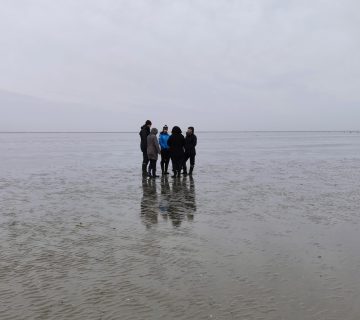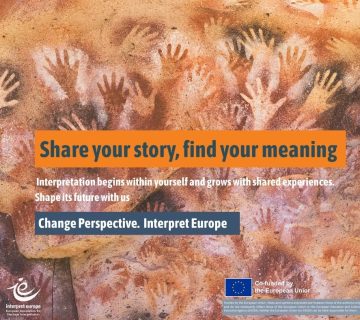When the academic community embraces interpretation—bridging the gap between ancient science and everyday visitors.
In the last decade, heritage interpretation has gained visibility as a method that not only conveys facts but invites connection, collaboration, and co-creation. But what happens when academic disciplines—traditionally focused on research—begin to adopt interpretive thinking? The Prometheus Project offers an inspiring answer.
Funded by the Creative Europe Programme, PROMETHEUS – Promoting Universal Values through Digital Epigraphy and Cultural Heritage – brings together five leading institutions from North Macedonia, Bulgaria, and Serbia. The project is coordinated by the Archaeological Museum of North Macedonia, in partnership with the Faculty of Philosophy at the University of Belgrade, the Institute for Balkan Studies of the Serbian Academy of Sciences and Arts, St. Kliment Ohridski University of Sofia, and Ss. Cyril and Methodius University in Skopje—all prominent academic and research institutions across the region.
Their shared goal is to digitise and reinterpret ancient inscriptions from across the region, building an open-access epigraphic corpus. Yet beyond the technology, something more transformative is unfolding—a shift within the academic world toward meaningful public engagement.
This change is most visible in how the project moves beyond mere digitisation. Prometheus doesn’t just catalogue inscriptions; it reimagines them as stories worth telling. Drawing on interdisciplinary input from scholars, archaeologists, and—critically—heritage interpreters, the project breathes new life into stone-carved words that have long remained silent to most museum and site visitors.
Through workshops, public talks, and experimental formats, epigraphy has been brought into dialogue with contemporary audiences. As a heritage interpreter, I had the opportunity to contribute by designing a tailor-made gamified experience in Skopje for participants of the second Prometheus workshop. The feedback from scholars was deeply encouraging: curiosity was sparked, minds opened, and the wall between scientific knowledge and emotional engagement began to dissolve.
This is where Prometheus becomes a symbol of something greater. For years, the gap between academic heritage research and public understanding has felt insurmountable. Now, with interpretation as a bridge, we are beginning to see what it looks like when academic institutions step outside the ivory tower—embracing storytelling, digital tools, and inclusive methodologies to connect with people where they are.
At its heart, Prometheus is not just about preserving the past—it’s about giving it a voice. A voice that speaks not only to scholars, but also to schoolchildren, tourists, gamers, and curious wanderers in museum corridors and at archaeological sites. It is a testament to the idea that ancient science can still stir emotion, spark imagination, and carry meaning into the present.
Vasilka Dimitrovska is the IE Country Coordinator North Macedonia and is an IE certified interpretive trainer. She is the director of HAEMUS – the Center for Scientific Research and Promotion of Culture (www.haemus.org.mk), and the owner of Storytelling Skopje (www.storytelling-skopje.com) and Storytelling Macedonia ((http://www.storytelling-macedonia.com/). She can be contacted at: dimitrovska@haemus.org.mk.
To cite this article: Dimitrovska, Vasilka (2025) ‘Bringing ancient inscriptions to life: The Prometheus Project‘ in Interpret Europe Newsletter 2-2025, pg.19.
Available online: Newsletter summer 2025




